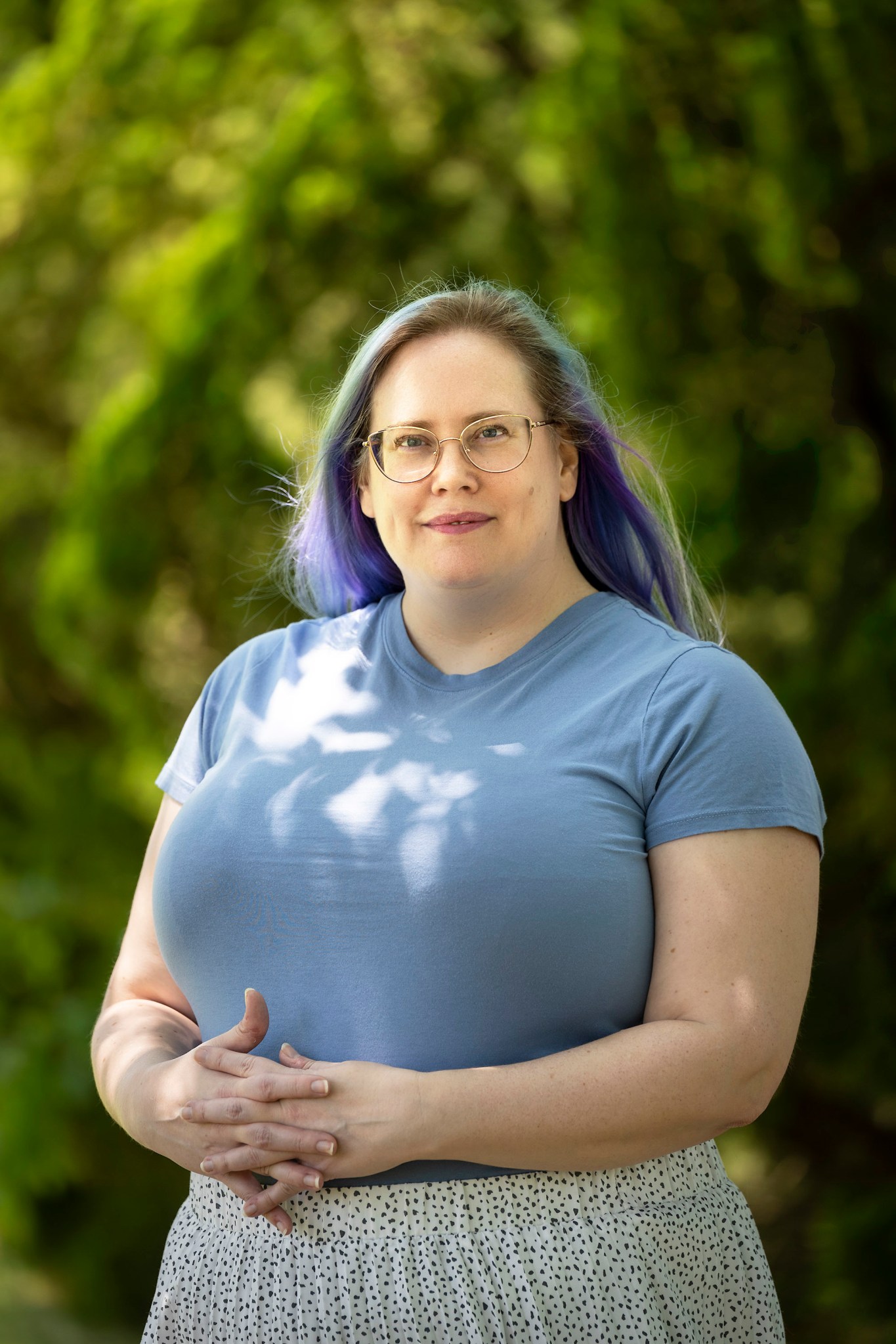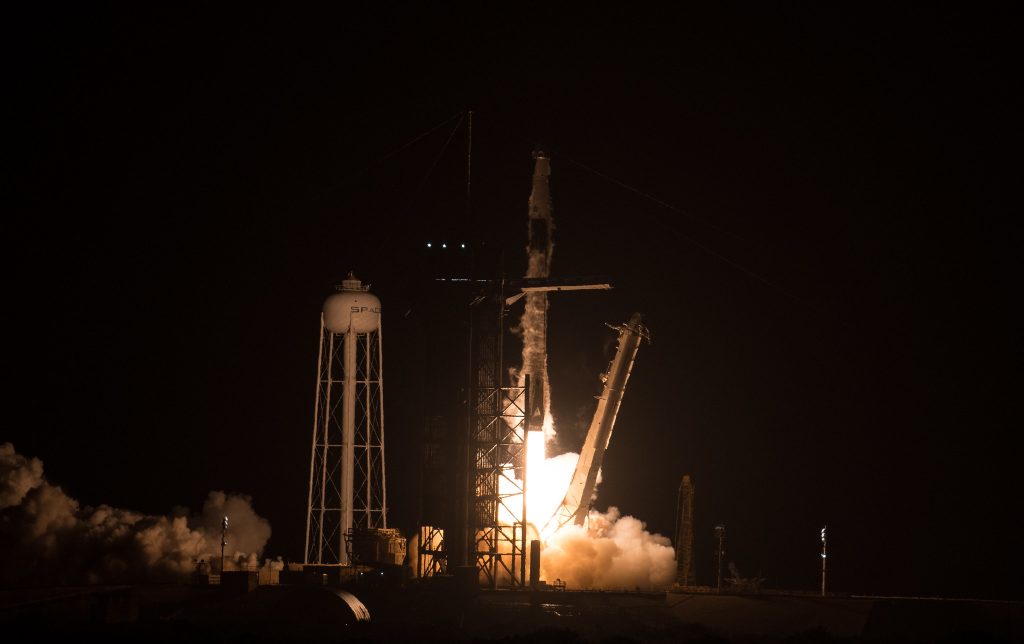By Tee Quillin
When it comes to making sure that engines and boosters for NASA’s SpaceX human spaceflight missions are safe to launch, Crystal Klemmer is at the forefront.
Klemmer is an aerospace engineer with Aerodyne Industries, working on the Engineering Services and Sciences Capability Augmentation contract in the Engineering Directorate’s engine systems branch at NASA’s Marshall Space Flight Center in Huntsville, Alabama. She’s also part of the Commercial Crew Program’s support team at Marshall. This support team assists commercial crew mission launches, primarily through support of launch vehicles, and has a long working relationship with the agency’s commercial partner, SpaceX.

Serving as Marshall’s certification lead for the SpaceX Merlin engines, Klemmer and her team members played a vital role working with SpaceX to close out the flight certification of the engines used in the Falcon 9 rocket that launched Dragon with the Crew-4 astronauts to the International Space Station on April 27.
Merlin engine certification has several facets, including review of all major engine components, hardware, and process changes, and known risk areas to ensure the hardware meets qualification requirements and critical risk mitigation strategies are understood and implemented.
“Each engine has its own maintenance review cycle that must be completed to certify the engine for flight,” Klemmer said. “To show that the Merlin engine is reusable for multiple flights, we put the engine through a qualification program multiple times, and then we look at the data.
“Throughout certification and reuse assessments, new engines and their parts may also be upgraded. Each new part swap has to go through its own set of qualifications, and we have to be on top of all of them.”

Crew-4 is the fourth rotation mission of the SpaceX Dragon spacecraft. During their stay on the space station, which will last several months, the four Crew-4 astronauts will conduct new scientific research in areas such as materials science, health technologies, and plant science to prepare for human exploration beyond low-Earth orbit and benefit life on Earth.
“During launch, after the normal second stage engine shut off and a call was made that the spacecraft was on the right trajectory and heading at the right speed, I didn’t celebrate with the team immediately. I was just relieved my job was done, and the engines performed as expected. A week later it started to sink in that we have plenty to celebrate, and I am so thankful to work on such a specialized, supportive team.”
“I couldn’t be prouder of this team’s hard work supporting the Crew-4 mission,” said Lisa McCollum, who leads the commercial crew support team at Marshall. “Our team members approached each challenge with focus and remained committed to ensuring a safe, successful flight for delivering Crew-4 to the space station.
“Crystal has done an amazing job of communicating across the board and coordinating details while handling extra responsibilities.”
Originally from Des Moines, Iowa, Klemmer earned her bachelor’s degree in aerospace engineering from Ohio State University in Columbus. She started her career with the Air Force Research Laboratory, conducting liquid rocket engine research, developing herself as an engineer, and earning her master’s degree in engineering from California State Polytechnic University, Pomona. She then moved to Huntsville to work on Redstone Arsenal as an engineer with the Army Oil Analysis Program, assisting to keep the Army’s equipment and vehicles running.
Finally, Klemmer joined NASA at Marshall as a contractor performing trade studies on concept engines, helping the agency to determine the most feasible technologies for investments. She went on to support what was then called the CisLunar Transit Habitat – now called Gateway – as a systems engineer before transitioning in her current role on the commercial crew support team.
NASA’s Commercial Crew Program was formed to facilitate the development of a U.S. commercial crew space transportation capability with the goal of achieving safe, reliable, and cost-effective access to and from the space station and low-Earth orbit. The program is based at NASA’s Kennedy Space Center in Florida, with work also performed at other NASA centers, including Johnson Space Center in Houston and Marshall.
For more information on NASA’s Commercial Crew Program, visit:
https://www.nasa.gov/exploration/commercial/crew/index.html
Lance D. Davis
NASA’s Marshall Space Flight Center
256-544-0034
lance.d.davis@nasa.gov
























